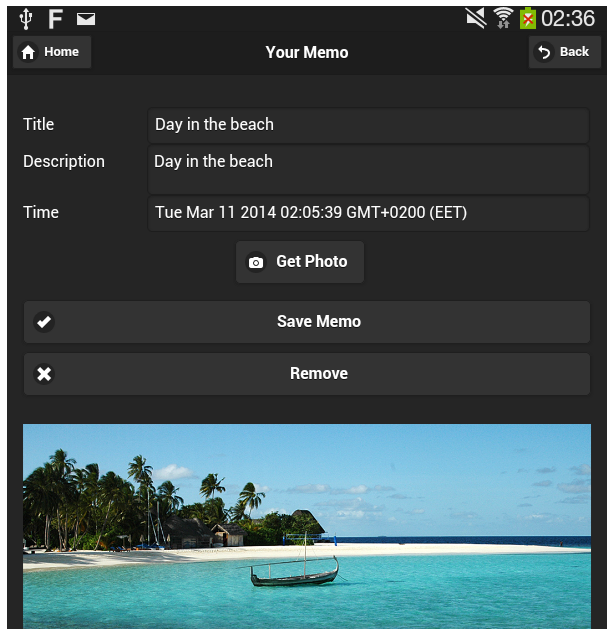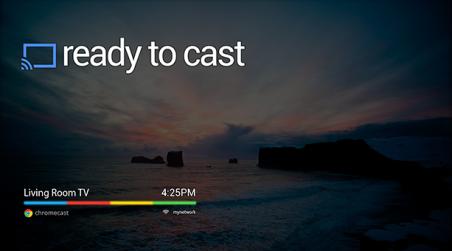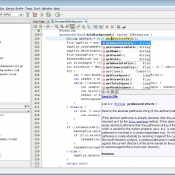Apache Cordova is a platform for building native mobile applications using common web technologies, including HTML, CSS, and JavaScript. It offers a set of APIs that allow application developers to access objects such as audio, camera, and filesystem on mobile devices using JavaScript. Meanwhile, jQuery Mobile, one of the best mobile web application frameworks, allows developers to create web applications that are mobile-friendly. Here’s how you can use Apache Cordova with jQuery Mobile to create a native Android application that can capture camera photos or get photos from the gallery and save them on a device’s SD card.
via Build an app to capture photos using Apache Cordova and jQuery Mobile.
This looks like a fun weekend project. I’ll let you know how it goes.





